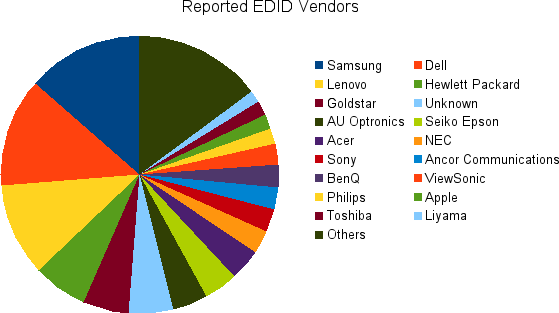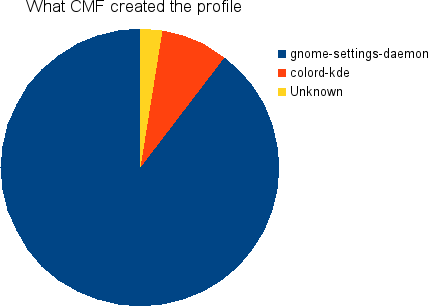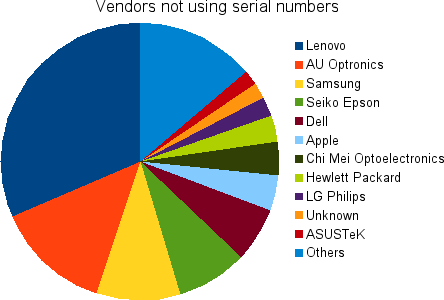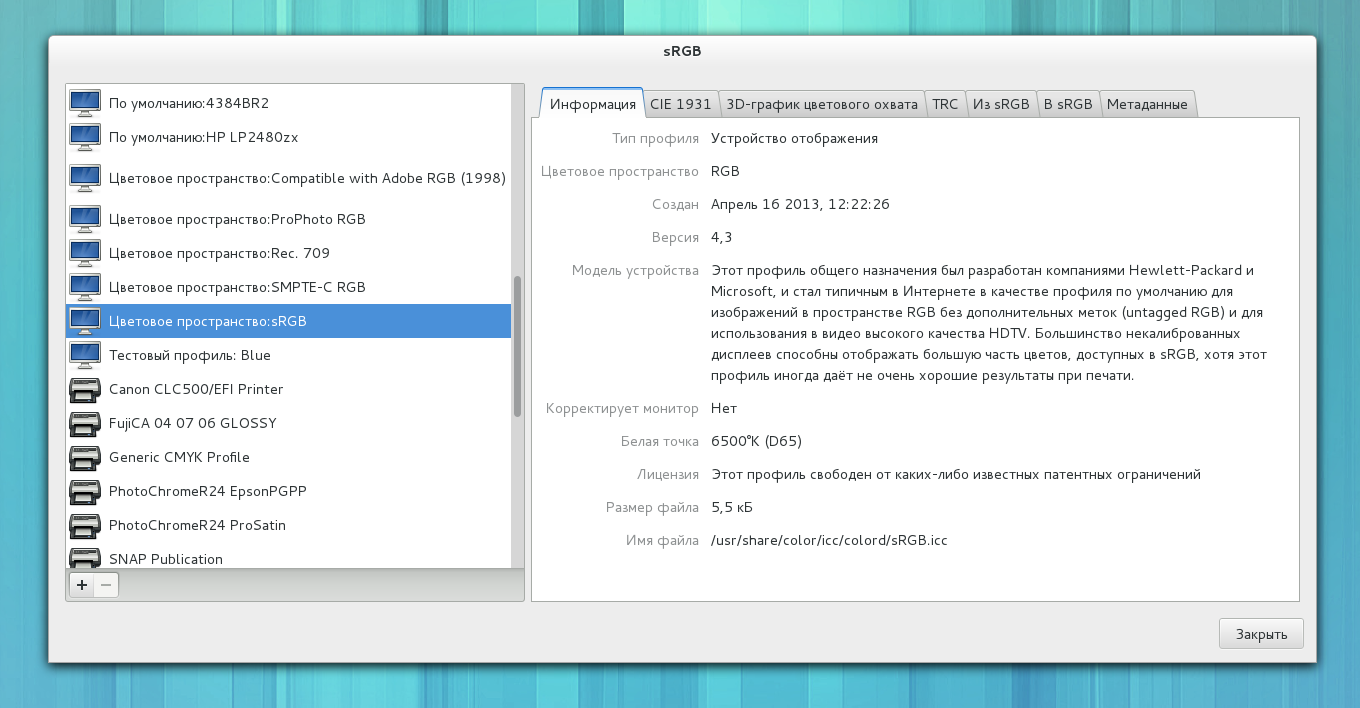I spent a couple of days last week in Brno talking about the future of package (and application) management in Fedora. Things we discussed:
- We currently don’t cater for desktop users by showing details about the packaging layer (GPG keys, packages, etc) and not being able to search while we install/remove
- We need a centralized application store to stay competitive with other distros and OSs
- Our metadata and package mirroring policies hurt end users not using the command line
- I presented (and demoed) gnome-software with its plugin architecture that would allow us to switch to using packages and blobs like glick and listaller
- I made the case for application metadata, so we can get things like localised application details, screenshots and ratings using a few different methods
Some interesting points came up, and this is approximately 30 hours of talking condensed into a few bullet points:
- YUM upstream will soon be considered deprecated, and we will move into a DNF/hawkey/librepo-based future. This includes PackageKit. I’m going to be building a hawkey based backend with help from the maintainer, and he is is aware of what PK does and any unusual tasks that are performance critical.
- We should keep old versions of metadata on the server to stop metadata refresh explosions happening where yesterdays primary gets updated because a transaction only has todays filelists installed. This will significantly reduce the amount of bandwidth used by the metadata updates.
- We should keep old versions of packages on the mirrors, to avoid the case where we depsolve fine, get 404 on the package download and then have to re-download MD, depsolve, etc. YUM apparently has issues with multiple versions of a package being present in the metadata, so we should probably only reference the latest packages in the MD (which also keeps the MD to sane size).
- We should ship the per-arch solv files in the repo MD. This avoids SAT solutions like libsolv from spending 20 seconds+ per repo rebuilding .solv files from sqlite or xml metadata, and allows us to kill the dnf cron job
- We should teach rpm to update it’s own SAT database, which we can do with an RPM plugin.
- We want a software center, and fedora-tagger can provide the ratings/comments information. We might need an OCS server for screenshots, or can tie in screenshots with automated QA somehow.
- We are going to teach koji about appstream data, so a simple extract script (to be written by me) can produce a .tar file of icons and a .xml file of translated descriptions at the end of each koji build
- We are going to teach the compose tools to xmlmerge all the appstream .xml files and ship as appstream.xml
- We are going to teach the compose tools to join all the tar files and ship as appstream-data.tar.gz
- We are going to investigate the use of meta-desktop files to install a super-set of applications, e.g. KDE, or “Python developer” which allows for screenshots, ratings and all that stuff.
It was an interesting couple of days, and quite a few people will be ping’ed over the next few days to make some of what we discussed a reality. I’m convinced the changes we can make here will give us a slick and featureful application installer, something that can really be an asset for Fedora and RHEL. Comments, as always, welcome.





